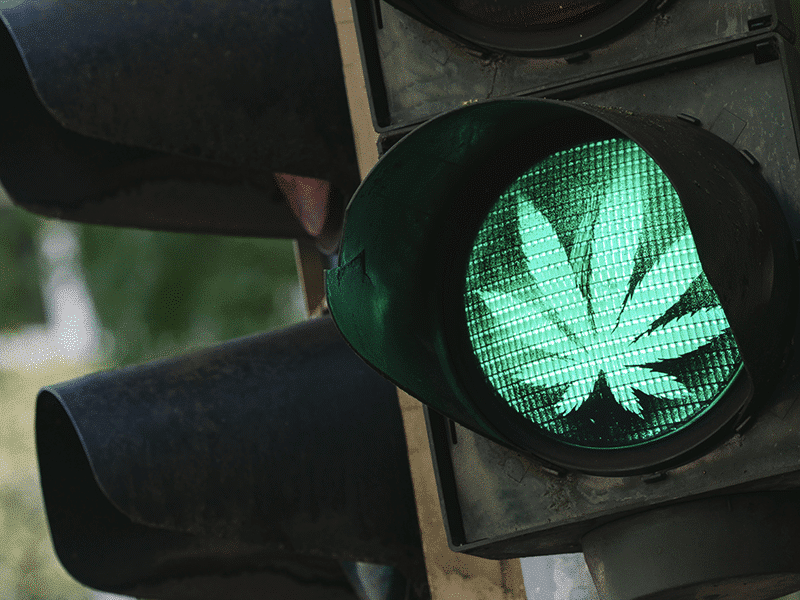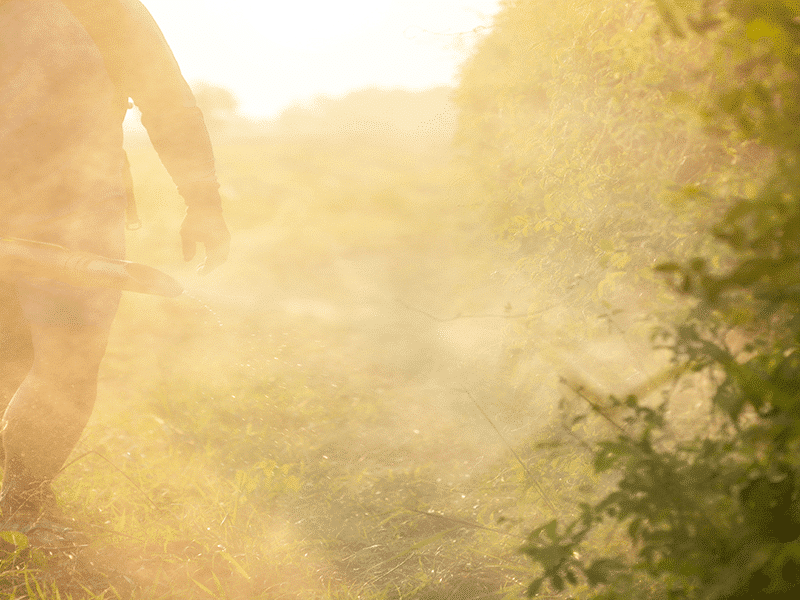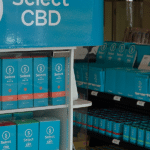California takes pride in being a leader in progressive environmental policy, as well as a leader in cannabis horticulture. So, why does it seem so hard to marry the two and come up with cannabis policies and regulations that are ecologically sound?
Consider, for example, California’s cannabis plant tagging requirements. (To see them in full, you can read Section 15048.4 on page 78 of 379 of California’s Cannabis Regulations.) The bottom line is that every single cannabis plant in the entire state of California must have an individual plastic RFID-enabled tag zip-tied to it.
With over 2,000 acres licensed to grow cannabis, California cannabis farmers put between 30 and 55 million plants in the ground every year. The tags are the definition of “single use” – they can only be used on one plant and never re-used during subsequent growing seasons. That’s a lot of plastic tags for an industry with green pretensions.
Hundreds of Thousands of Pounds of Plastic Every Year
There’s also the ancillary waste: the 30-55 million zip ties, the plastic packaging that the tags and zip ties are shipped in, the containers necessary to retain and store those tags for seven years (as required by law), and the garbage bags used for disposing of them. Simply put, the amount of plastic waste generated by this single misguided regulation is about a quarter million pounds per year.
The cannabis plant tags are durable plastic, made to weather the elements for an entire season. If we’re lucky, most eventually end up in California landfills. Under the current regulatory regime, that’s the best-case scenario. But we all know that plastics have a way of circulating throughout the biosphere.
Plastics have been found in our water and our air, at the top of the pristine peeks of the Pyrenees mountains, in the deepest part of the ocean, and in the sand on the most isolated islands. Plastics have infiltrated our fish, our food, even our own bodies. They’ve been found in human breast milk and blood. Australian researchers at University of Newcastle report that people typically inhale and ingest enough microscopic pieces of plastic to create a credit card each week!
It’s disgusting – and confusing for Californians who banned plastic bags and straws several years ago. But the Golden State persists in imposing onerous regulations like this one that needlessly creates a huge amount of plastic waste.
Unforced Error
So, what’s actually the point of the cannabis plant tag? The purpose, according to TechWire, is to “monitor a cannabis plant’s every move, assuring officials it isn’t leaving state borders.”
But there are other ways to accomplish this goal. For example, one could digitally tag plants. Or the California Department of Cannabis Control could require that plants be tagged by row or by batch, which is how they are weighed at harvest anyway. This latter approach could cut tag waste by over 90%.
More importantly, though, California regulators need to recognize the limits of the plant tag policy. California’s track-and-trace system doesn’t actually ensure that cannabis isn’t leaving the state. All it tells state officials is the whereabouts of the relatively small percentage of California cannabis that’s grown on licensed farms. The majority of California weed is grown on unlicensed, illegal farms. Plants grown illicitly aren’t tagged. They never will be, and they are the ones most likely to leave the state.
Plant tags are overkill – and they don’t address the preponderance of illicit cultivation, which is a big part of the problem. So, what should be done?
For starters, let’s remove the requirement that every individual cannabis plant be physically tagged. By revising its ineffective plant tag policy, California can eliminate hundreds of thousands of pounds of plastic waste every year and set a more sustainable example for other states to emulate.
Tiffany Devitt is vice-president of the California Cannabis Industry Association and heads up regulatory affairs for CannaCraft and March and Ash. Copyright, Project CBD. May not be reprinted without permission.
Recommended Readings
Green Rush Blues: California Cannabis After Legalization
Part 1 of our 3-part series: Eco-Crisis: Will Legalization Save California’s Forests?
Endocannabinoids & Endocrine Disruptors
Do chemical pollutants wreak havoc by impairing the endocannabinoid system?
Growing a Cannabis Economy on White Earth
Part 2 of a 5-part series on hemp and Native American sovereignty.










